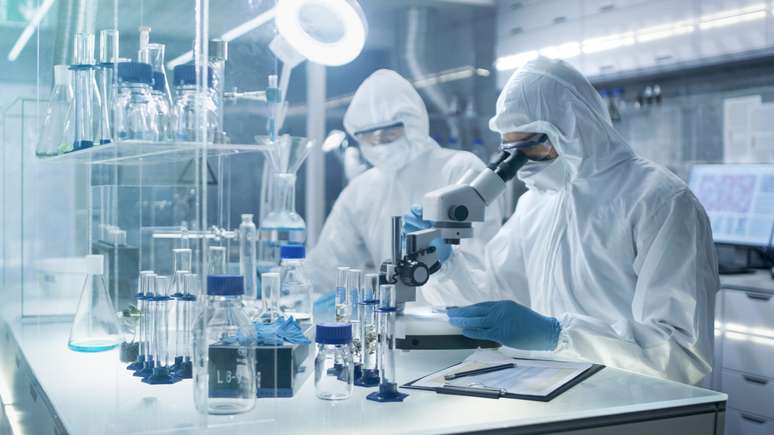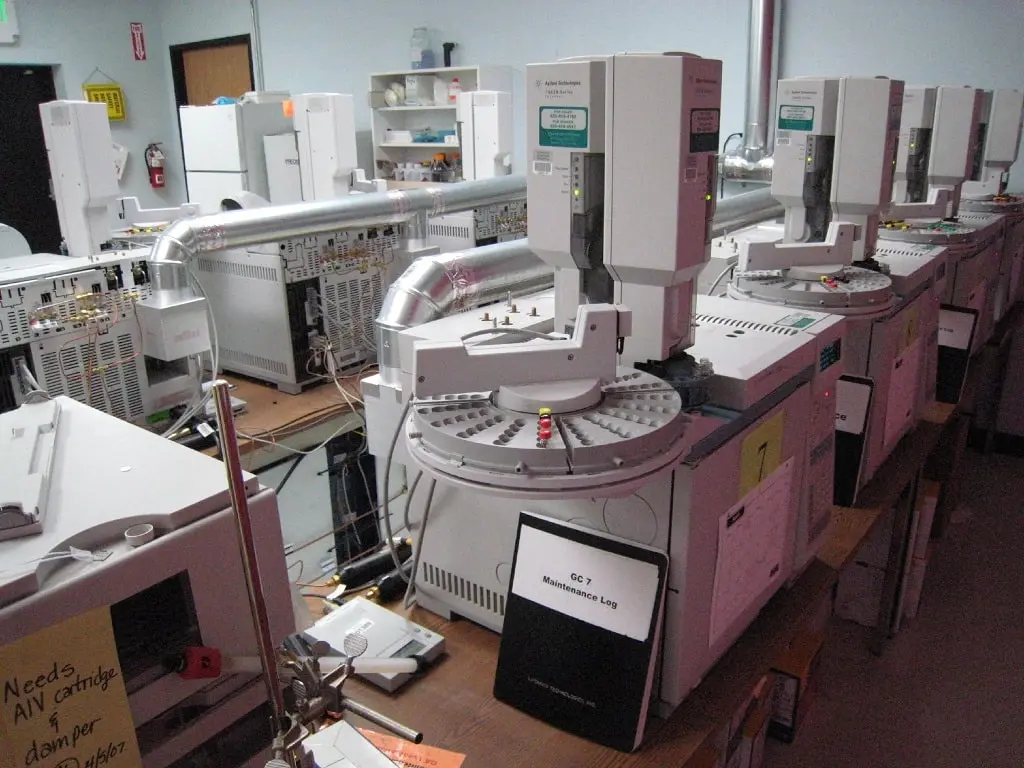Importance of Analytical Measurements and their applications
In the world of scientific analysis and process control, analytical instruments play a pivotal role in providing accurate and reliable measurements of various parameters.
The most used analytical instruments are for the measurement of pH, DO (Dissolved Oxygen), and conductivity. These instruments find wide-ranging applications across various industries, from water treatment and pharmaceutical manufacturing to environmental monitoring and agricultural practices.
In this blog, we will learn the importance of analytical instruments, applications and also exploring their role in the measurement of pH, DO, and conductivity.

pH Measurement:
pH measurement is a fundamental analytical technique used to determine the acidity or alkalinity of a solution.
It provides crucial insights into the chemical composition and behavior of substances. pH sensors and meters are employed in numerous industries, including water treatment, chemical manufacturing, and food production.
pH measurement has importance in maintaining water quality, optimizing chemical processes, and ensuring product consistency and safety.
DO Measurement:
Dissolved Oxygen (DO) measurement is indispensable for assessing the oxygen content in water, which is vital for aquatic life and various industrial processes.
DO meters are widely used in applications such as aquaculture, environmental monitoring, and wastewater treatment. By understanding the significance of DO measurement in fish farming, ecosystem health assessment, and optimizing bioreactor performance, we can appreciate its role in preserving our environment and supporting sustainable practices.
Conductivity Measurement:
Conductivity measurement is a valuable tool for determining the electrical conductivity of a solution, which provides insights into its ionic composition and overall purity.
Conductivity meters find extensive use in water quality analysis, industrial process control, and agriculture. We will explore how conductivity measurement aids in assessing water purity, ensuring efficient industrial processes, and optimizing agricultural practices by monitoring soil salinity.
Choosing the Right Analytical Instruments:
Selecting the most appropriate analytical instruments for specific applications is crucial for accurate and reliable measurements.
We will discuss key factors to consider, such as sensor types, calibration requirements, environmental conditions, and maintenance considerations.
By understanding these factors, readers will gain valuable insights into making informed decisions when procuring pH meters, DO sensors, and conductivity instruments.
Accurate measurement is the foundation for informed decision-making and successful outcomes in various fields.
What are analytical instruments applications?
Analytical instruments for the measurement of pH, DO (Dissolved Oxygen), and conductivity are widely used in various applications. Here are some common applications for these instruments:
pH Measurement:
- Water and Wastewater Treatment: pH measurement is essential for monitoring and adjusting the pH levels in water treatment processes, including drinking water treatment, wastewater treatment, and industrial water treatment.
- Chemical and Pharmaceutical Industries: pH measurement is crucial for maintaining the desired pH levels in chemical reactions, pharmaceutical manufacturing, and quality control processes.
- Food and Beverage Production: pH measurement is used in food and beverage processing to ensure product quality, control fermentation processes, and monitor acidity levels.
- Environmental Monitoring: pH measurement is used to assess the pH levels of natural water bodies, such as lakes, rivers, and oceans, to understand their ecological health and potential impacts on aquatic life.
DO Measurement:
- Aquaculture and Fish Farming: DO measurement is important for monitoring and controlling dissolved oxygen levels in fishponds, tanks, and aquaculture systems to ensure optimal conditions for fish health and growth.
- Environmental Monitoring: DO measurement is used to assess the oxygen levels in lakes, rivers, and oceans to monitor water quality and identify potential environmental issues.
- Biotechnology and Fermentation Processes: DO measurement is critical for monitoring and optimizing oxygen levels in bioreactors and fermentation processes used in biotechnology, pharmaceutical, and biofuel industries.
- Wastewater Treatment: DO measurement is used in wastewater treatment plants to monitor the efficiency of biological treatment processes, such as activated sludge systems, where bacteria utilize oxygen to break down organic matter.
Conductivity Measurement:
- Water Purity and Quality: Conductivity measurement is used to assess the purity and quality of water by measuring the concentration of dissolved ions and impurities.
- Industrial Process Control: Conductivity measurement is employed in various industrial processes, such as chemical manufacturing, power generation, and semiconductor production, to monitor and control the conductivity of process fluids and ensure optimal process conditions.
- Environmental Monitoring: Conductivity measurement is used to assess water salinity and the presence of dissolved salts in natural water bodies, including oceans, estuaries, and groundwater.
- Agriculture and Soil Analysis: Conductivity measurement is used to assess soil salinity levels, which can impact plant health and crop productivity.
These analytical instruments provide valuable data and enable precise monitoring and control of pH, DO, and conductivity levels in a wide range of applications, contributing to improved process efficiency, product quality, and environmental sustainability.
What to consider while choosing analytical instruments
When choosing analytical instruments, there are several factors to consider:
- Accuracy and Precision: Look for instruments that offer high accuracy and precision to ensure reliable and consistent results.
- Sensitivity and Detection Limits: Consider the sensitivity and detection limits of the instrument to determine its suitability for detecting low concentrations or trace amounts of analytes.
- Analytical Technique: Different analytical techniques, such as spectroscopy, chromatography, or electrochemical analysis, have their own advantages and limitations. Choose the technique that best suits your specific application and analytical needs.
- Sample Compatibility: Ensure that the instrument is compatible with the type of samples you will be analyzing. Consider factors such as sample size, viscosity, temperature, and compatibility with solvents or matrices.
- Instrumentation Requirements: Evaluate the infrastructure and resources required for the instrument, such as power supply, space, trained personnel, and maintenance.
- Cost: Consider the initial cost of the instrument, as well as the ongoing operational and maintenance costs. Also, factor in the long-term value and return on investment provided by the instrument.
- Manufacturer Support: Research the reputation and customer support provided by the instrument manufacturer. Consider factors such as technical support, training, and availability of spare parts.
- Regulatory Compliance: Ensure that the instrument meets relevant regulatory standards and requirements for your industry or application.
- User-Friendliness: Consider the ease of use, user interface, and availability of software or automation features that can streamline the analytical workflow.
- Future Expansion and Upgrades: Assess the potential for future expansion or upgrading of the instrument to accommodate evolving analytical needs or technological advancements.
By considering these factors, you can make an informed decision and choose the analytical instrument that best fits your specific requirements and analytical goals.
Conclusion:
Analytical instruments for pH, DO, and conductivity measurement have revolutionized industries by providing critical insights into chemical processes, water quality, and environmental conditions.
The precise and reliable data obtained from these instruments enable effective process control, optimal resource utilization, and adherence to regulatory standards.
By embracing the power of analytical instruments, industries can achieve higher efficiency, improved product quality, and a greener approach to manufacturing and resource management.
(Note: This blog is for informational / educational purposes only and does not serve as a substitute for professional advice or guidance in specific applications. Always consult experts and adhere to industry best practices when using analytical instruments.)
Thanks for reading!! Happy Learning!!
I hope you like above blog. There is no cost associated in sharing the article in your social media. Thanks for reading!! Happy Learning!!


1 Comment